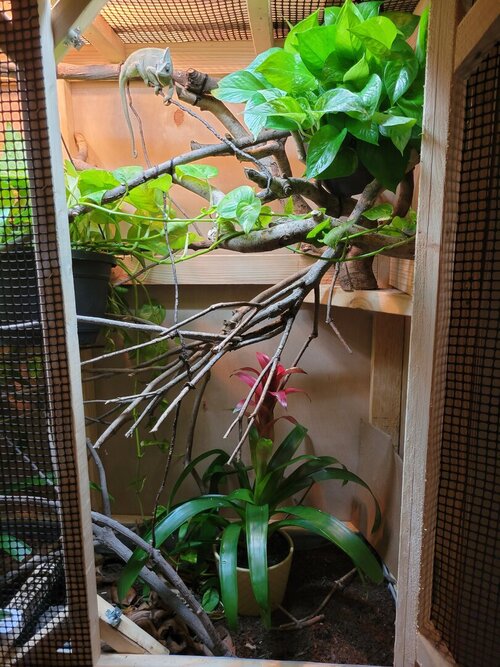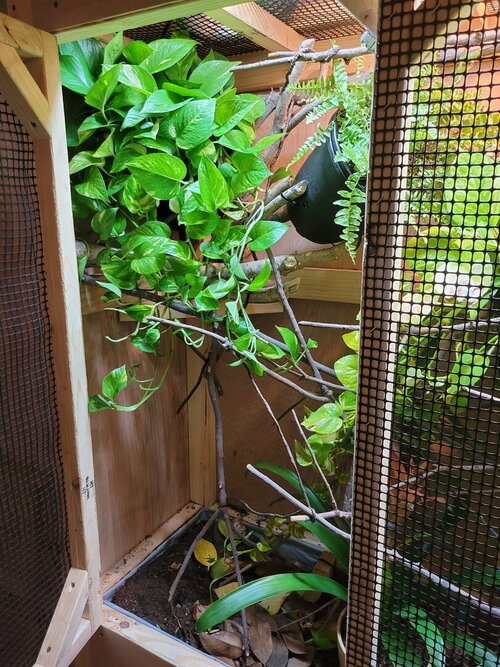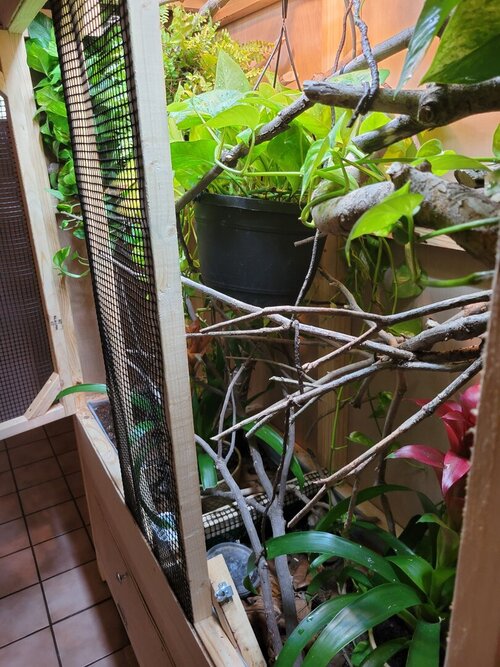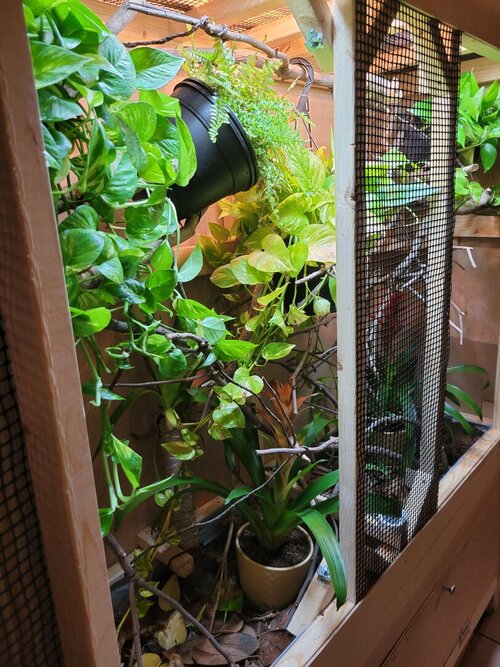Here are some recent pictures of Pez. The images on 8/01 and 8/08 were when she was digging and prepping with her lay bin, but she wasn't liking it. The images on 8/14 were when she was laying eggs in the substrate and after she finished.
Attachments
-
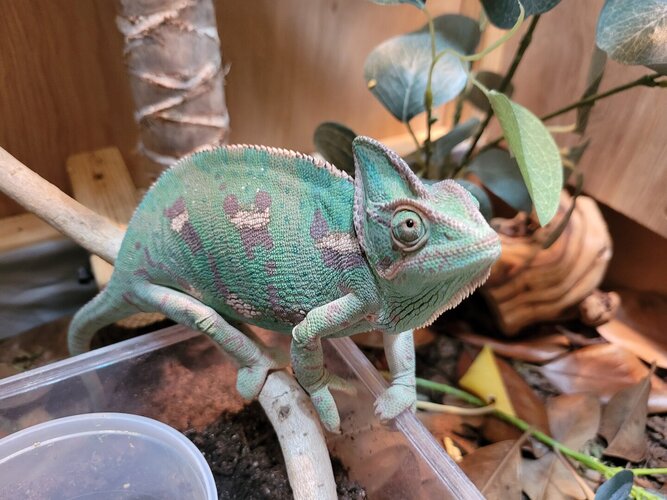 20210801_152027.jpg275.2 KB · Views: 185
20210801_152027.jpg275.2 KB · Views: 185 -
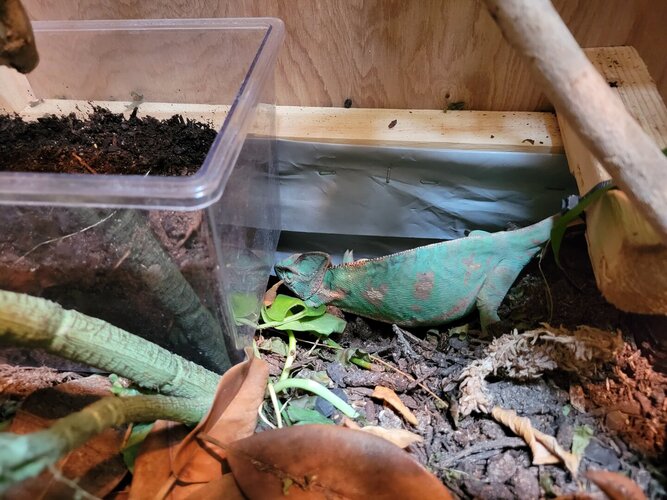 20210808_144414.jpg303.5 KB · Views: 188
20210808_144414.jpg303.5 KB · Views: 188 -
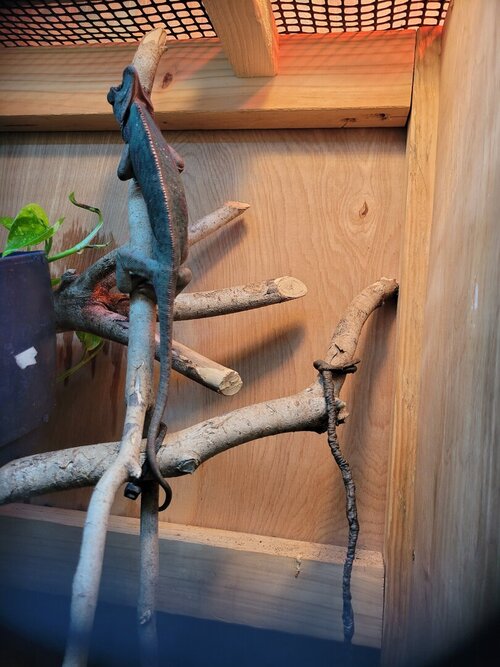 20210814_141856.jpg167.6 KB · Views: 172
20210814_141856.jpg167.6 KB · Views: 172 -
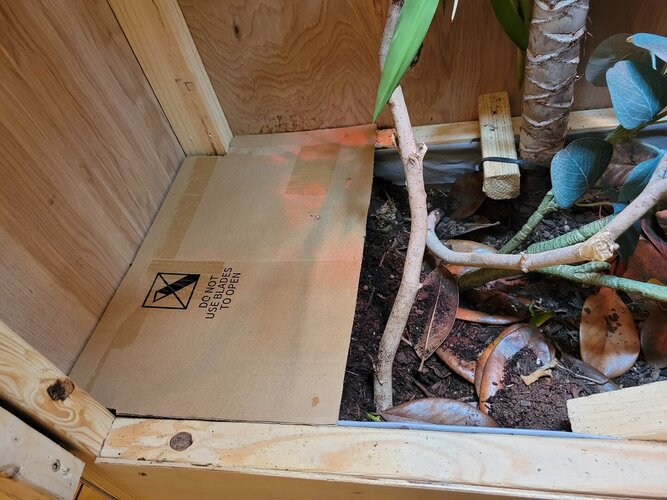 20210814_170058.jpg325.7 KB · Views: 189
20210814_170058.jpg325.7 KB · Views: 189 -
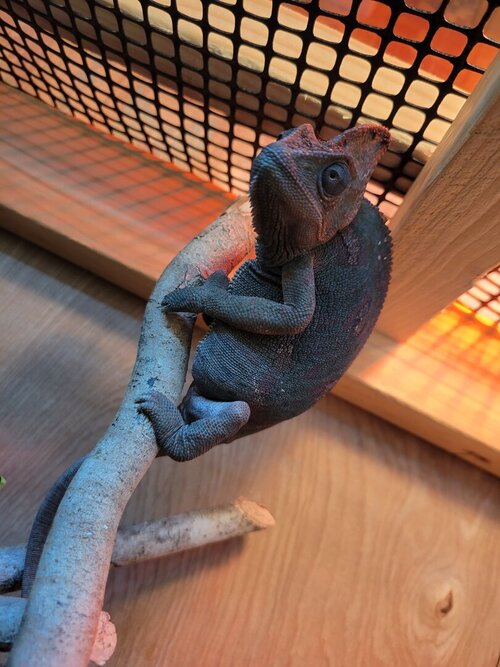 20210814_170103.jpg164.9 KB · Views: 186
20210814_170103.jpg164.9 KB · Views: 186 -
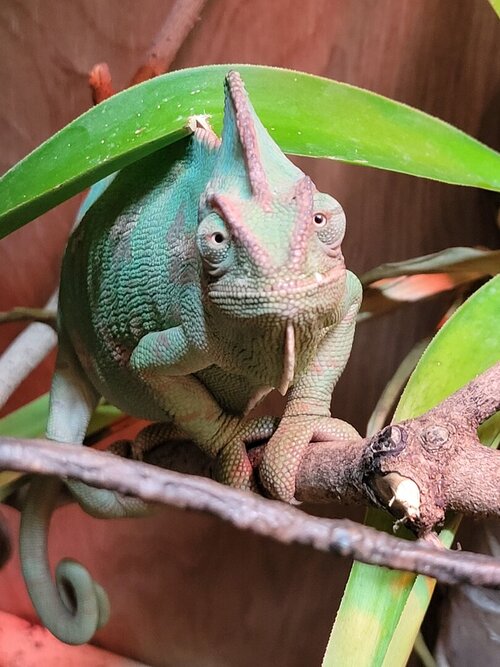 20210824_160525.jpg165.8 KB · Views: 176
20210824_160525.jpg165.8 KB · Views: 176 -
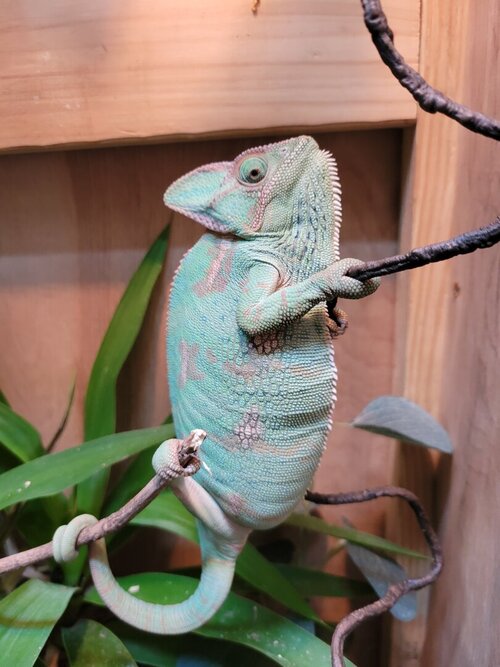 20210826_202427.jpg131.3 KB · Views: 180
20210826_202427.jpg131.3 KB · Views: 180 -
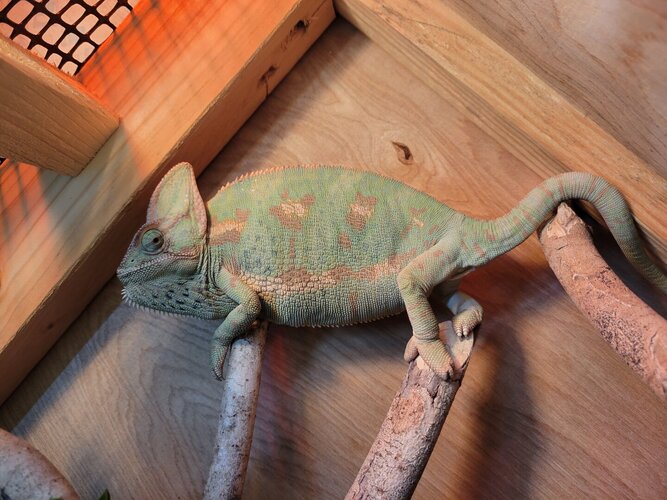 20210828_121244.jpg319.1 KB · Views: 186
20210828_121244.jpg319.1 KB · Views: 186





